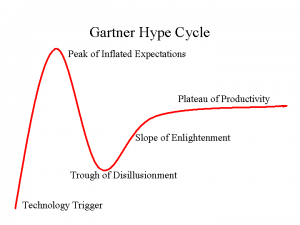I met Ron Baker in person for the first time in 2011. Before that, I had read his articles online and attended a webinar he presented. But in 2011, I attended the first Thriveal Deeper Weekend, which was a “Firm of the Future” seminar offered by Ron Baker and Ed Kless. That was two days of brain-crushing, mind-altering, future-shifting learning and dialogue.
I immediately started to change things: first with a handful of customers with whom we had strong relationships, then with certain service types, etc. I remember a year later, I’d hardly made the progress I wanted to, and was feeling down wondering if it was ever going to happen. I remember chatting with Ron around that time, and he mentioned in passing that firms usually take three years to fully transition to value pricing. Whew – I was much relieved: I still had time.
Three years later, I look back, and boy, there has been such a change between then and now. I’m happy to say, we’re now completely value priced — I’m still learning (and doubt I’ll ever stop), but I feel so much more freed as a business owner having gone through this process. I was recently reflecting on some of the realizations I’ve had along the way and wanted to share them with you:
Continue reading “Reflections After 3 Years of Value Pricing”

